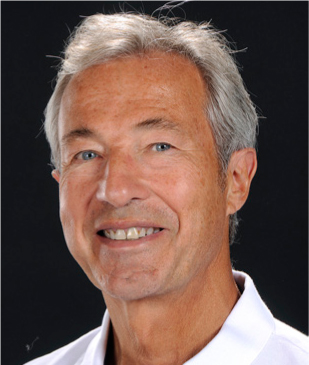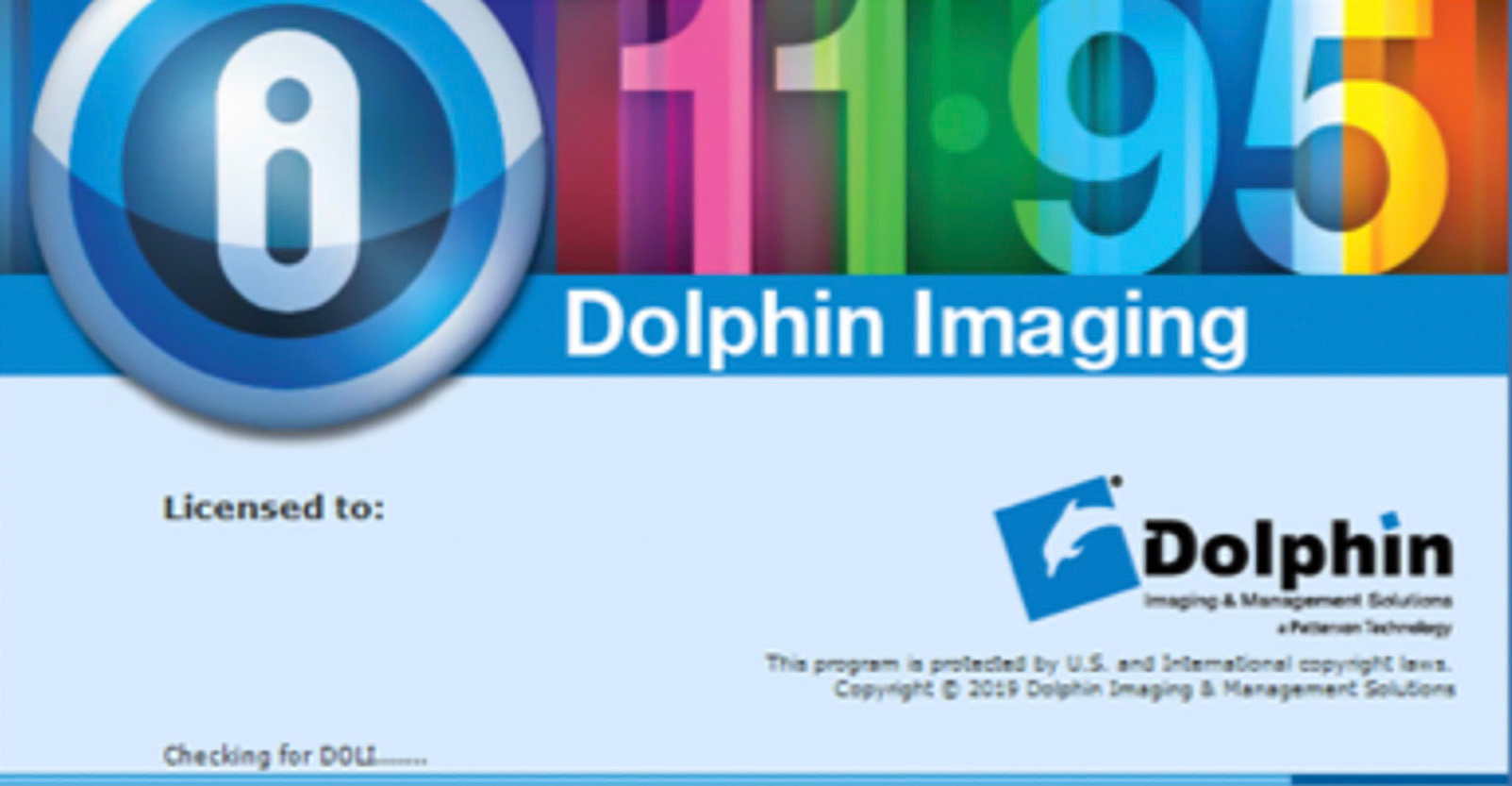Article


I have been an enormous fan of Dolphin as a database for clinical photographs and have been using it at Chesterfield Royal Hospital for many years. We now have over 7,000 patients on our photographic database, most of whom are fully documented. I have also argued the importance of taking photographs of every patient, at every visit, to allow all trainees to derive maximum benefit from every treatment episode on each and every patient they treat or review. Having clinical photographs available, every visit, allows them to see whether the treatment they provided at the previous visit was the right thing to do … or, indeed, the wrong thing to do, as it has moved them further from ‘the finishing line’. On every single treatment episode, they can immediately assess the direct effect of their ministrations, six or eight weeks previously, and they have the ‘evidence’ in front of them which should serve to reinforce positive behaviours, and vice versa. It allows them to identify any errors or inaccuracies immediately, such as in their bracket placement, or tying of archwires, or placement of other accessories or application of forces that we all use, on a daily basis, in orthodontic practice.
For the past three months during this COVID-19 crisis, Dolphin has been absolutely indispensible. Every time I call a patient, I can see exactly their progress through treatment on a visit-by-visit basis, and exactly what their teeth were like at the previous visit. I can also see in detail the exact prescription of spring or elastic forces that was made at the last visit, and can therefore have a meaningful conversation with them, as to whether they should continue using the current forces, or whether they perhaps need to alter the prescription.
The other excellent facility is the ‘NHS.attendanywhere.com’ programme, which allowed video consultations to be set up and run within a couple of minutes of deciding that they are appropriate. Patients and their parents seemed to value this video contact enormously and, with a helpful friend or relative holding a smartphone camera, it is possible to get an up-to-date view of the effect of our intervention. Armed with this information, we can then make an informed decision as to whether any change in mechanics is required.
The whole video consultation only takes a few minutes, and the patients are enormously appreciative of being able to do this in the comfort of their own homes. This begs the question, of course, whether remote access to our patients, perhaps every other appointment, might be one thing to consider seriously in clinical orthodontics for the 20s and beyond. Have we, perhaps, had a glimpse into the future … Watch this space!!
